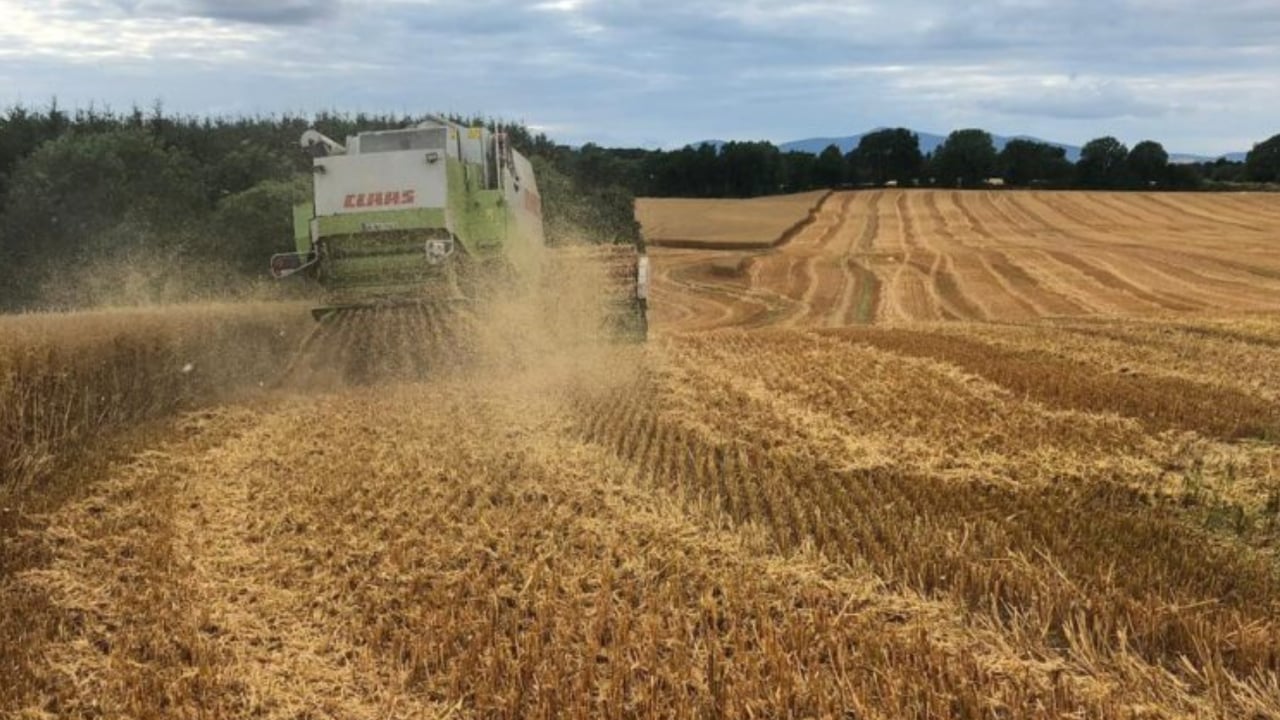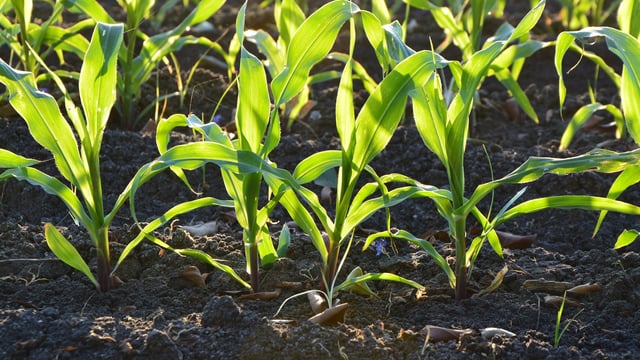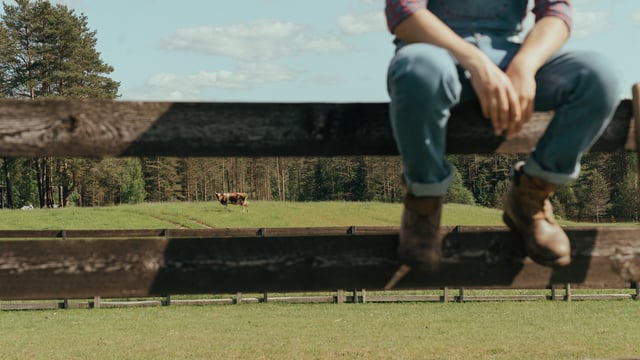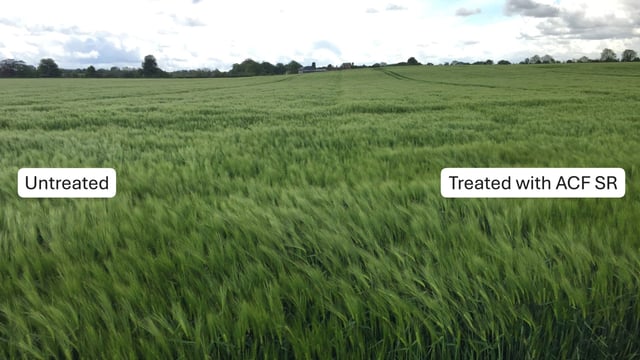Tillage: Straw Incorporation Measure
The latest edition of the Tillage Edge podcast profiles the value of straw with a clear focus on the 2022 Straw Incorporation Measure.
Last week saw the Department of Agriculture, Food and the Marine (DAFM) confirm those farmers who are eligible to partake in the scheme.
The numbers confirm a year-on-year increase in participants with total payments expected to exceed €12 million.
Teagasc’s head of crops knowledge transfer department, Michael Hennessy, discussed straw management with colleagues and tillage specialists, Dermot Forristal and Mark Plunkett.
Last year saw a number of cereal growers withdraw from the scheme, post-application. This will not be allowed in 2022, except in circumstances that are specifically highlighted, in writing, to the DAFM by growers.
Straw retained on the farms where it was produced represents a valuable source of potash (K), phosphate (P) and organic matter (OM). However, many farmers have found it difficult to incorporate effectively.
According to Plunkett, approximately €10.5 million was made available for the Straw Incorporation Measure last year, of which approximately €8 million was drawn down at farm level.
“There was plenty of good-quality straw made in 2021 and the vast majority of the farmers that availed of the chopping scheme were happy in the way that it worked out for them," he said.
Plunkett confirmed that 52,000ha of land has been earmarked for incorporation this year. These figures are up on last year.
Plunkett also indicated that government funds will be made available to cover all the applications made for the incorporation measure this year.
Based on current market prices, the P and K values of chopped straw have doubled over the past 10 months. It can deliver up to 50% of a subsequent crop’s K requirement, while the equivalent figure for P is 10%.
“In current monetary terms, a crop of winter or spring barley will deliver back fertiliser P and K values of €100-115/ha. Where oat straw is concerned, the equivalent figure comes in at around €165/ha,” Plunkett explained.
In terms of carbon, a 10t crop of winter wheat will deliver 2.4t of carbon back into the soil, in the form of chopped straw.
“This is particularly important on those farms where it is difficult to source organic manures,” Plunkett commented.
“Work at Teagasc Oak Park indicates a figure of 0.15% per annum in this regard. However, this is only one side of the story.
“The chopped straw is also feeding the soil bacteria while soil structure is being improved at the same time," he continued.
“But getting the straw incorporated into the soil as quickly as possible is critically important.”
In terms of physically incorporating straw into soil, its distribution across a field is very important, as is chop length.
Dermot Forristal discussed both these issues.
“There are some variations in terms of knife distribution on some choppers. But the distribution of the chopped straw is extremely important.
“Irish cereal crops usually generate extremely high straw yields. So the distribution of chopped straw is extremely important.
“And, of course, we can have damp days as well. So there is a real challenge confronting farmers in terms of getting straw out to cover the ground it originally came from," Forristal added.
According to Forristal, there were a number of instances last year when the straw being spread was not making the full width of the header.
“Farmers should look at the spreader options built into the specification of the different combines coming on to the market," he advised.
From an incorporation point of view, there are a number of options available to farmers.
“There are many methods of incorporation depending on how deep the farmer wants to go with the straw," said Forristal.
“Of fundamental importance is a frame with lots of ground clearance. Discs should be mounted in a way that they do not get balled up with the straw.
“But discs or times, properly mounted, will both incorporate straw effectively. It’s important to have the design for stubble incorporation right.”
Tines and discs can incorporate straw to different depths. According to Teagasc, discs can be a bit more limiting, unless working with a heavy implement.
“In dry conditions, some of the stubble cultivation discs won’t penetrate that deeply,” said Forristal.
According to Forristal, growers seeking to establish a stale seedbed as a means of controlling grass weeds should actively look at using discs as a first cultivation tool.
“Taking this approach means that grass seeds are not buried that deeply," he said.
“Depending on volumes, some growers might want to look at a deeper incorporation option. But it is important to start the process reasonably early. It is crucially important to have the straw in contact with the soil, in order to start the degradation process.”
The reason for looking at different incorporation depths relates to the next crop in the rotation.
Teagasc regards shallow incorporation as a process, which brings straw down to 50mm below the soil surface. The equivalent figure for deep incorporation is 150mm.
“With big straw volumes and targeting an incorporation depth of 50mm, growers may not be planting out their subsequent crops into the best possible seed bed," continued Forristal.
“Such conditions may not generate good seed to soil contact if a lot of straw hasn’t broken down in that top 50mm. This might make the case for a deeper mixing of the soil.
“Many growers last year would have seen poor enough germination rates, even with cover crops, on those areas of fields where large volumes of straw had only been incorporated to a shallow depth.
Farmers that plough prior to the sowing of a subsequent crop will be bringing straw down to a depth of at least 150mm.
Rye is recognised as a cereal that produces particularly high volumes of straw. But, even in this context, Forristal believes that chopping and incorporation are still worth considering.
“In such instances, it may take a couple of goes to do that; something that goes relatively shallow at the beginning but followed with an implement that will take the straw that much deeper the second time around," he said.
“Whatever, the type of straw being worked with, the end objective is not to have the soil too loose, where it comes into contact with the seed sown out for the subsequent crop."
There is an ongoing debate regarding the impact of incorporation on slug numbers.
But, according to Forristal, it is an issue that is far from black and white in nature.
“Trials carried out over a number of years on heavy ground point to no increase in slug numbers, when soil incorporation is carried out,” he said.
“But the practice does lead to a significant increase in earthworm numbers,” he confirmed.





